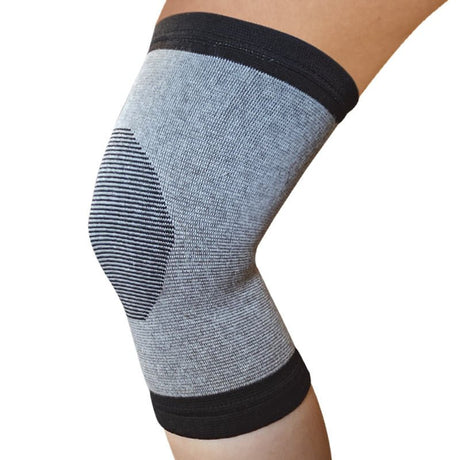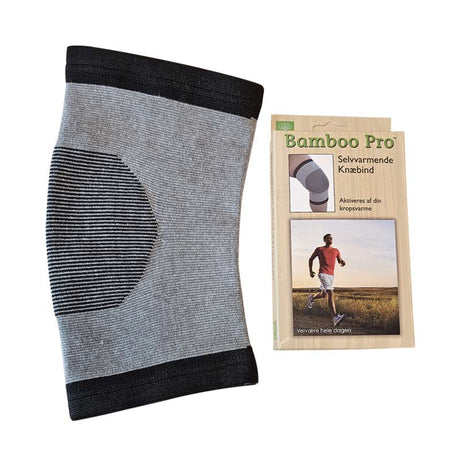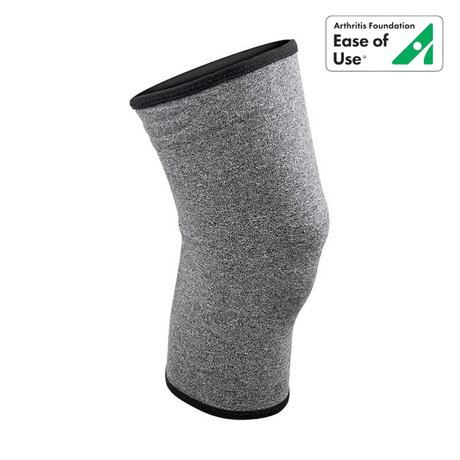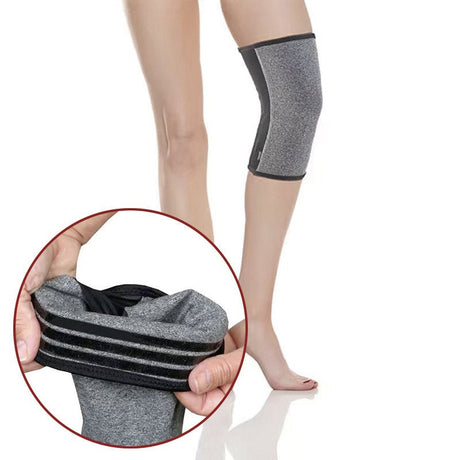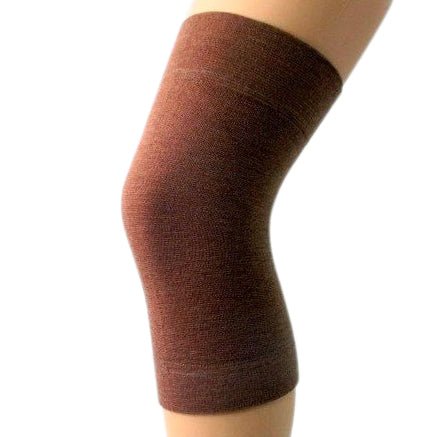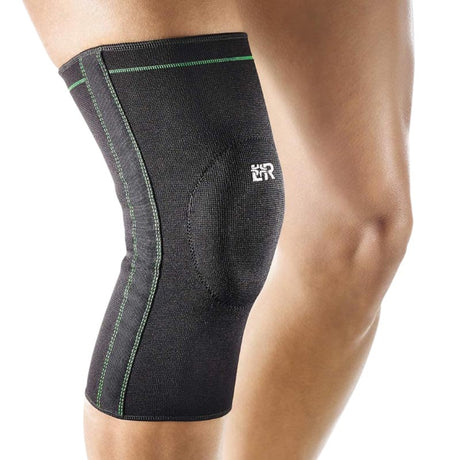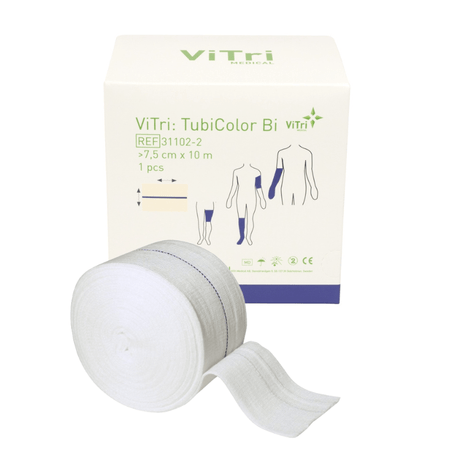Relief and Support for Your Knee
The knee joint is the body's largest joint, and we heavily rely on its functionality for our ability to walk efficiently. Many factors contribute to knee wear, often due to natural aging processes like osteoarthritis. We offer a wide selection of high-quality knee braces for osteoarthritis that effectively alleviate pain and enhance stability.
Another common cause is injuries such as ligament tears, meniscus damage, bone fractures, or other forms of knee overuse.
Post-surgery, your knee is particularly vulnerable and requires support and rest for recovery. A brace with a splint or a more rigid knee support is highly effective. Such knee braces secure the joint to prevent unintended movements. As healing progresses, you can transition to more flexible or elastic knee supports.
There are many types of knee supports—from small elastic braces to large, stiff braces with splints. Most knee supports are ready to use when purchased, though some may require adjustments for a perfect, comfortable fit.
Benefits of a Knee Brace
Knee braces are an effective tool for supporting and protecting the knee, especially during injury or strain. They stabilize the joint, helping prevent unnecessary movements that could worsen the injury.
Knee braces also reduce swelling by applying mild compression, promoting circulation, and aiding in fluid removal from the area. Moreover, they remind you to avoid sudden movements, reducing the risk of further injury. Overall, knee braces enhance comfort and knee functionality while aiding in the healing process.
Common Knee Issues:
- Meniscus Injuries: Often occur when your knee twists while bent. Severe cases may require surgery, but knee braces are often sufficient.
- Ligament Injuries: Knees have external and internal ligaments that can partially tear during accidents. Rest and a supporting knee brace are essential.
- Cruciate Ligament Injury: Serious injuries require surgery and targeted rehabilitation, complemented by knee brace support.
- Knee Osteoarthritis: A condition where natural cartilage wears down. Supportive knee braces can relieve pain and improve mobility.
Not all injuries are severe or need surgery. Sometimes, knee strain or minor twists cause soreness, and many people find relief with a knee brace, supporting the knee and aiding quicker pain relief.
Choosing the Right Knee Brace
If you've injured your knee, it's crucial to consult a doctor or physiotherapist. This ensures you receive professional advice and choose the appropriate knee brace for your specific needs.
At Seniorshop, we offer various knee supports and braces. If you're unsure about the differences, read on. We've compiled descriptions of the most common knee braces:
- Soft, Elastic Knee Braces: These braces are lightweight and easily slip over the knee, providing compression and support for mild pain or discomfort. They also offer a warming effect to soothe muscles and joints, like our elastic wool or bamboo knee supports.
- Rigid Knee Braces with Side Splints and Hinges: We also offer more rigid braces for stabilizing the joint during complex knee issues or post-surgery. These ensure the knee maintains the correct position during movement for fast, proper healing. Greater rigidity means reduced knee mobility.
- Knee Braces with Kneecap Cutout: Most of our braces feature an open patella for direct knee relief, supporting the knee while reducing pressure on the kneecap.
Each product specification details the knee issues it addresses.
Fitting Your Knee Brace Correctly
Ensure your knee brace fits correctly for optimal support. It shouldn't be too tight, which impairs circulation, or too loose, reducing its effectiveness. Your brace should snugly provide comfortable compression without squeezing the leg. Most braces are adjustable for a precise fit.
 Get help here
Get help here
